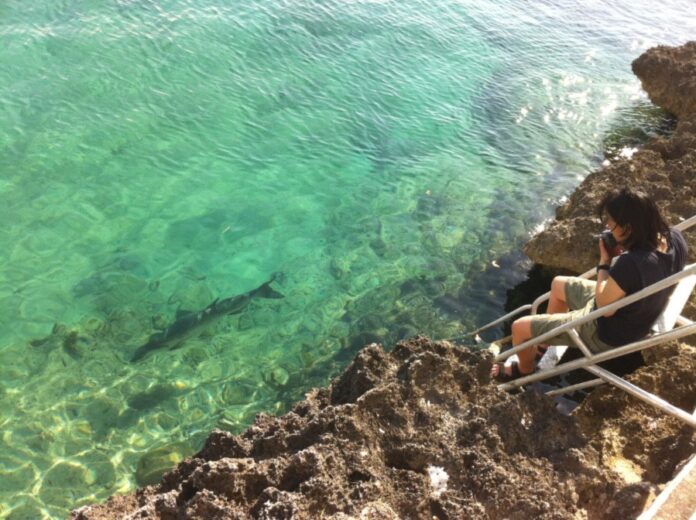All photos by Evan Jones
One of the greatest challenges trout anglers face when switching to salt water is the task of narrowing down the seemingly endless possibilities into a coherent approach. There is just so much water to cover, and so many different techniques to consider, that the decision can quickly become overwhelming, leading to wasted time and less-than-desirable outcomes.
While previous installments of this series have focused on what to do, this one is the opposite: a reminder that just because you can do a thing doesn’t necessarily mean you should. With that in mind, here are three tips to help you avoid ineffective techniques, user conflicts, and false hope as you decide how and where to fish the salt.
1. Leave the Trout Gear at Home
While it may be tempting to see if your favorite 5-weight can handle the action, nothing good comes from being under-gunned, especially in salt water. Your casting distance and accuracy both suffer, you’re less likely to land fish, and more likely to do harm to the fish by needlessly prolonging the fight. An 8-weight rod is widely considered to be the most versatile choice, while a 7-weight is usually the minimum. Make sure you’re properly outfitted.

You can leave the Spey rod at home too, since it won’t be much help either. You might enjoy the Zen of bombing casts from the beach, but typically the fish swim up the trough right next to shore, so there’s not much to be gained from extra distance. Besides, given how hard some of these saltwater fish can fight, if you did manage to hook a nice one, landing it with a long, two-handed rod can become quite a chore.
2. Stay Away from Marinas, Piers, and Popular Beaches
Your first glimpse of the water will likely be at one of these places, and you might even see some fish right away, but don’t break out the rod just yet. Given the obvious problems caused by casting in high-traffic areas, fishing is restricted or forbidden in many of these places anyway, whether officially posted or just widely understood by unwritten rule. This is particularly true in marinas, where the fish that hang out to eat bait scraps are often regarded as “pets” by the locals, who frown on attempts to hook them.

3. Don’t Fish Where Conventional Anglers Fish
Just because a certain location is popular with conventional anglers doesn’t necessarily mean it’s a good place to try fly fishing. The gear/bait users often prefer water that is too deep, too murky, and/or too swift for fly fishing to be effective, so keep this in mind when you’re seeking advice about where to fish, or considering checking out an area that seems popular. Fly anglers are almost always better served by sticking to shallower, clearer areas that are slightly off the beaten path, even if those areas are considered to be less productive.
Evan Jones is the assistant editor of the Orvis Fly Fishing blog. He spent a decade living on the Florida coast and now makes his home on the Front Range of Colorado.
Credit: Source link































